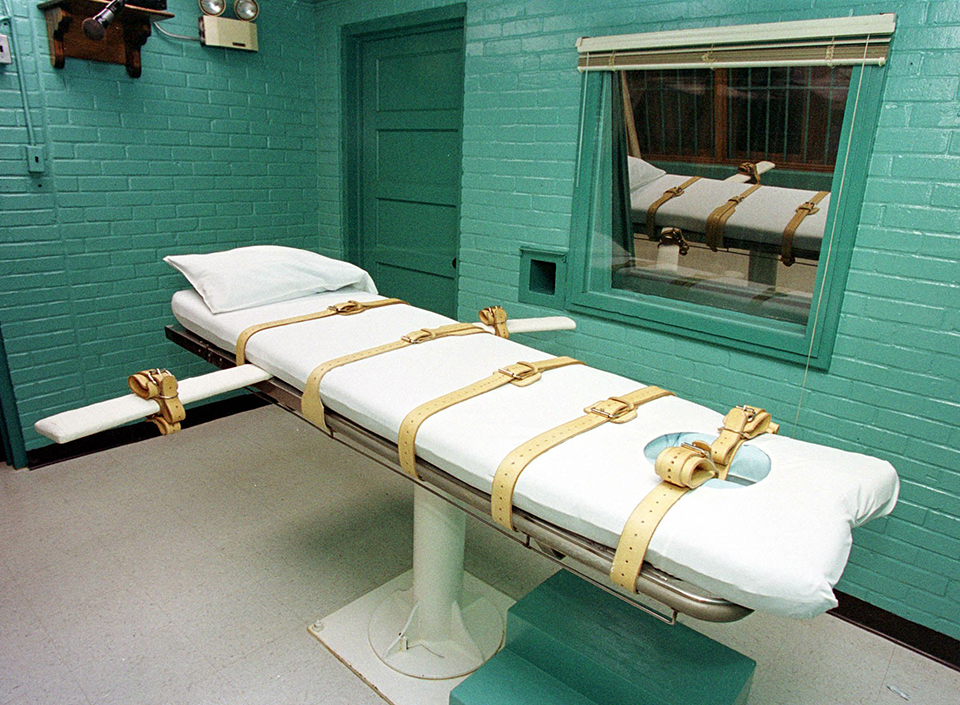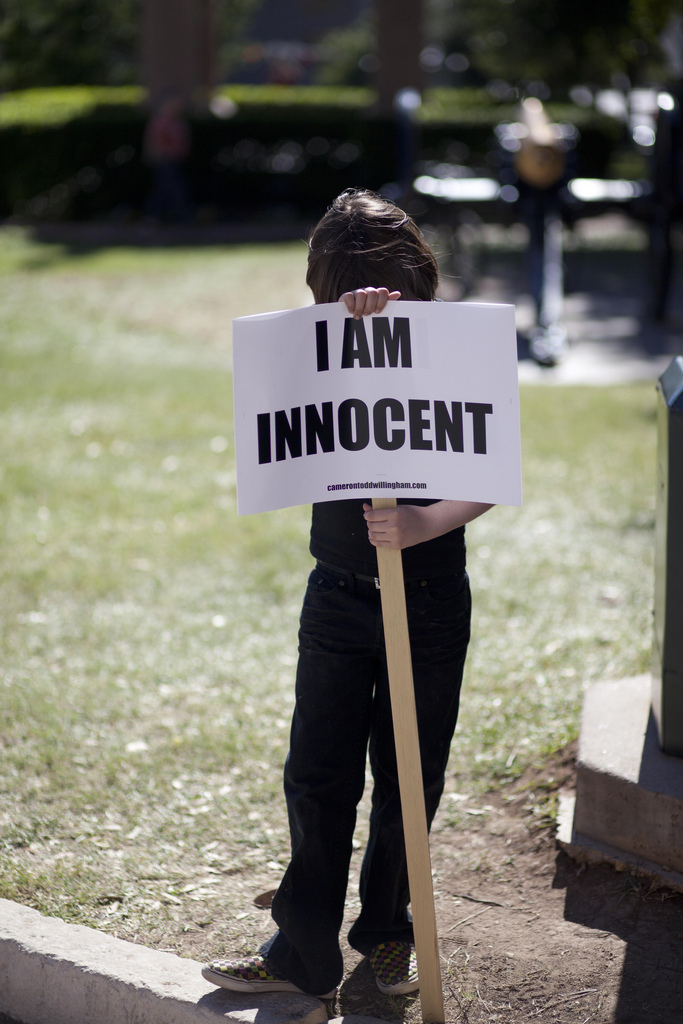As we close the door on the first decade of the 21st century, it’s a good time to look back at ten years of marching against the death penalty in Texas. When the death penalty is abolished in Texas, a large reason will be because of the organizing and organizing skills learned and applied by building the multi-group, diverse coalition that works each year to organize the annual march and that also works together the rest of the year on various events and campaigns around individual cases (like Kenneth Foster, Jeff Wood, Frances Newton and others) and issues including a moratorium, the Law of Parties, innocence, abolition and more. Each October since the march was first held in 2000, people from all walks of life and all parts of Texas, the U.S. and other countries have taken a day out of their year and gathered in Austin to raise their voices together and loudly express their united opposition to the death penalty. The annual march is a coming together of activists, family members of those on death row, community leaders, exonerated prisoners and all those calling for abolition.
If you can’t seen the videos below, click here to watch them on the march website.
10th Annual March to Abolish the Death Penalty in Austin (2009)
Promotional Video for 10th Annual March to Abolish the Death Penalty (2009)
Please spread this to your friends on your social networks. If you have a blog or website you can embed it on your sites.
9th Annual March in Houston (2008)
8th Annual March in Houston (2007) Videos by StopExecutionsNow!
More 8th Annual March (2007) videos by CapnJackSorrow
6th Annual March in Austin (2005)
“A Voice from Death Row” produced by Austin filmmaker Nathan Christ










